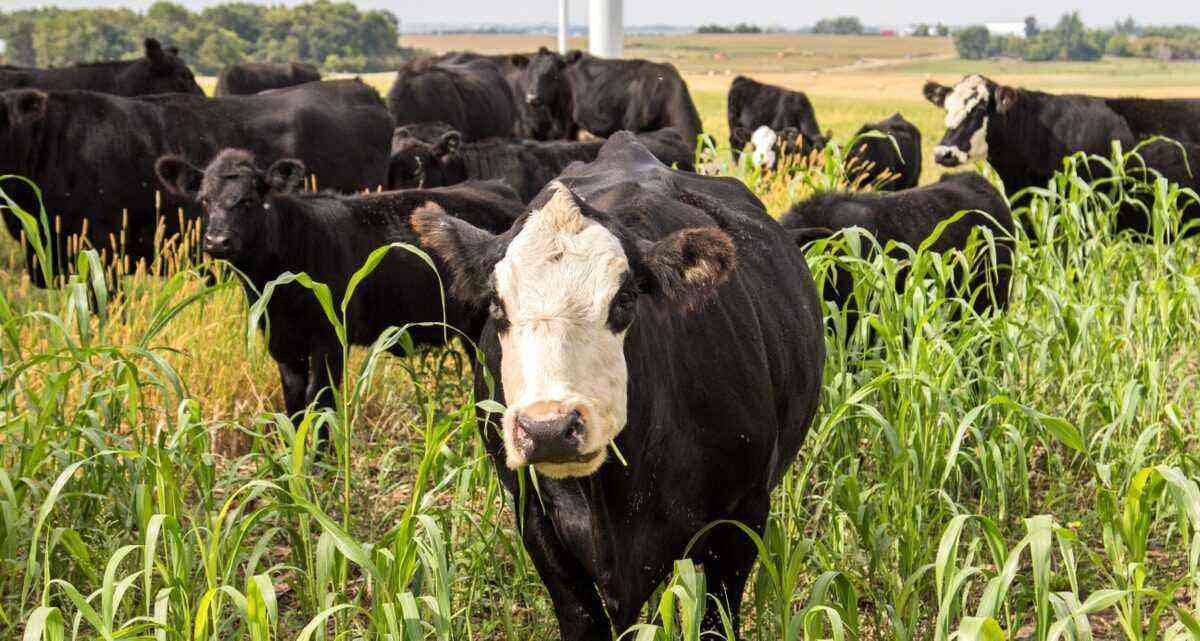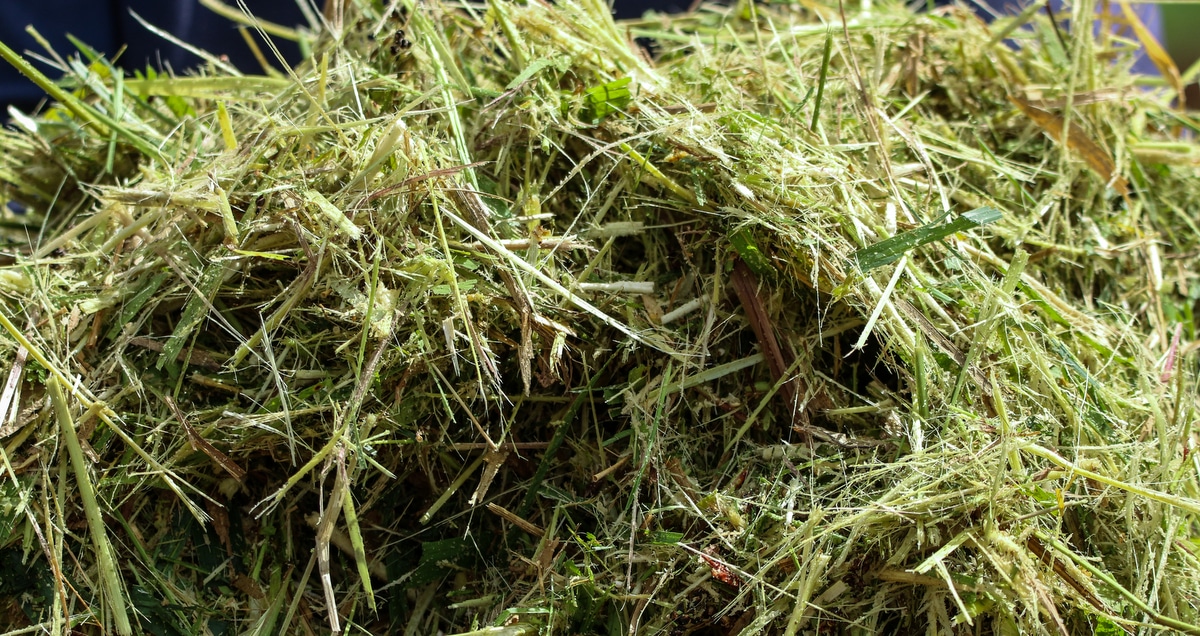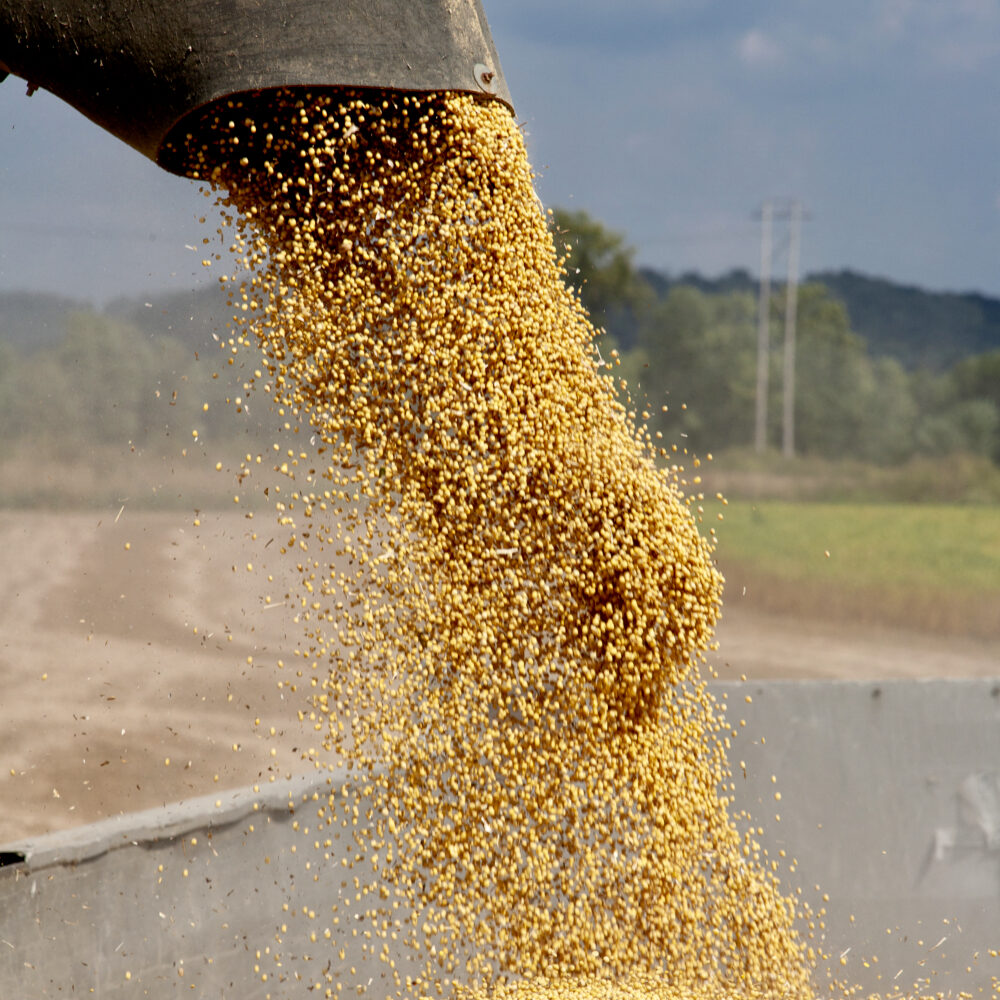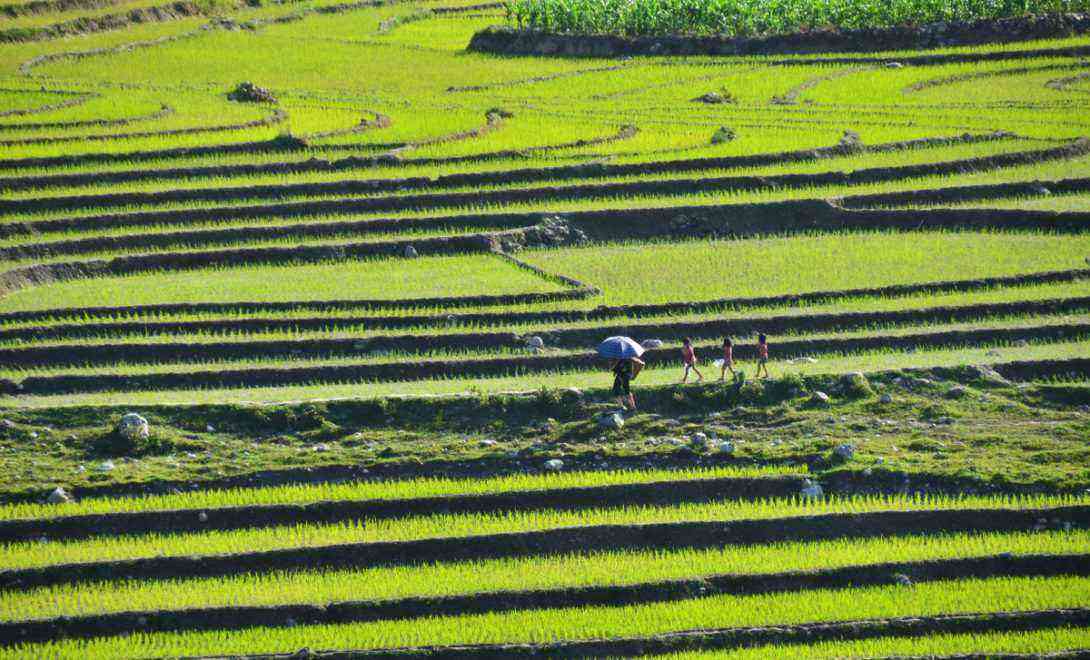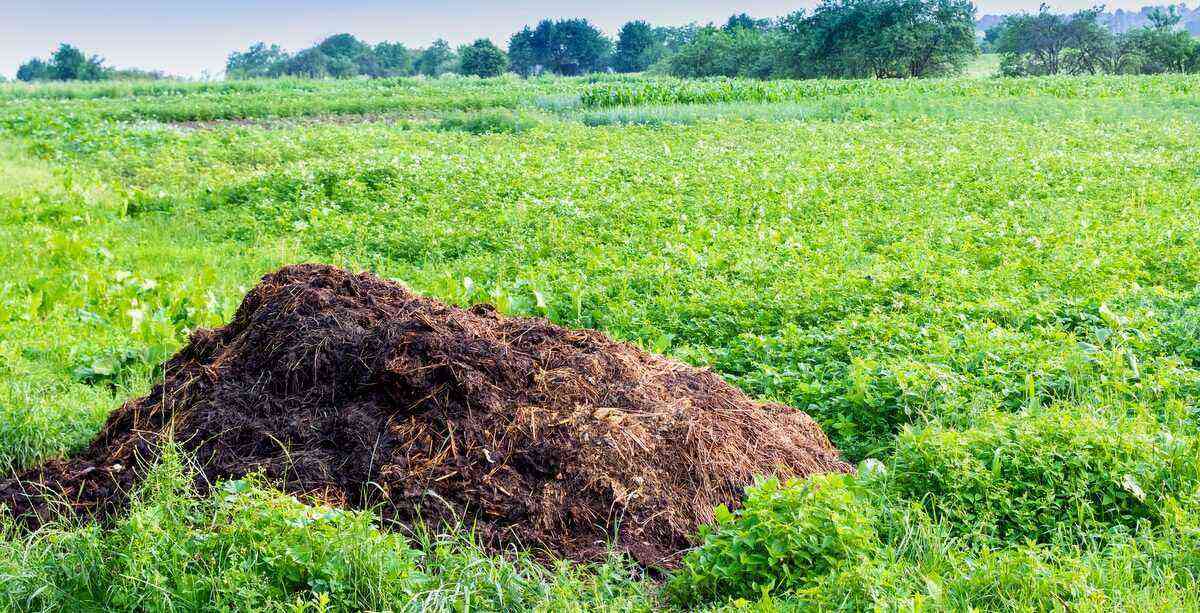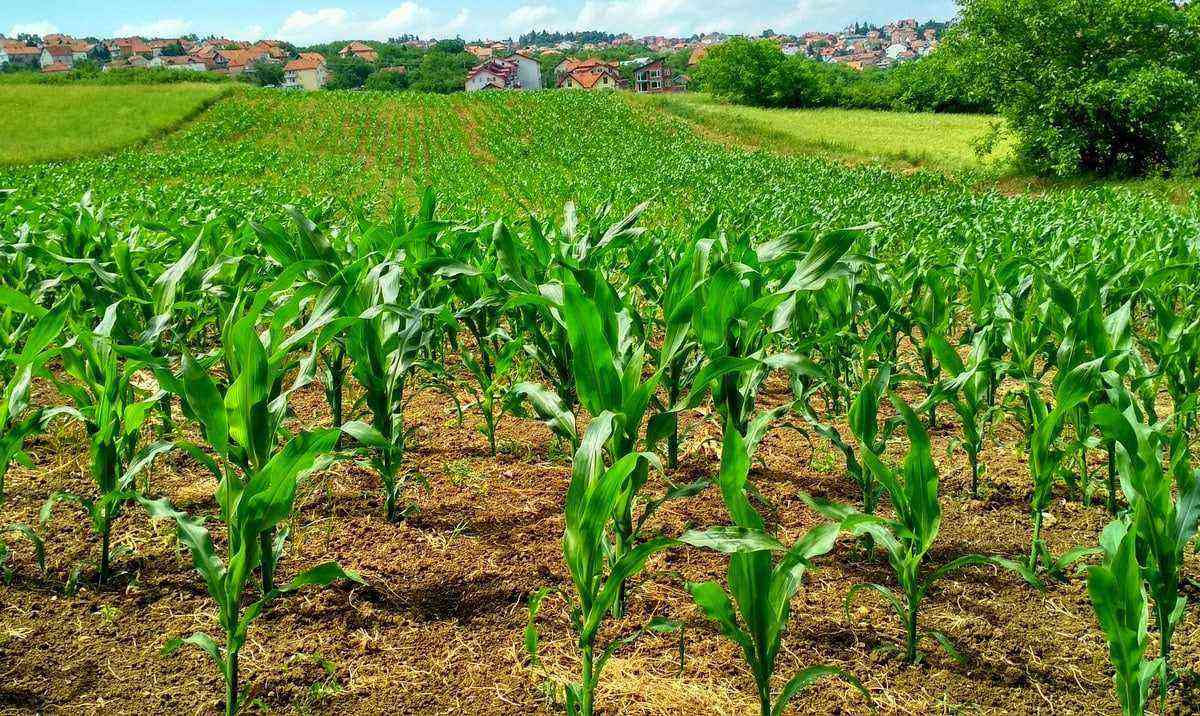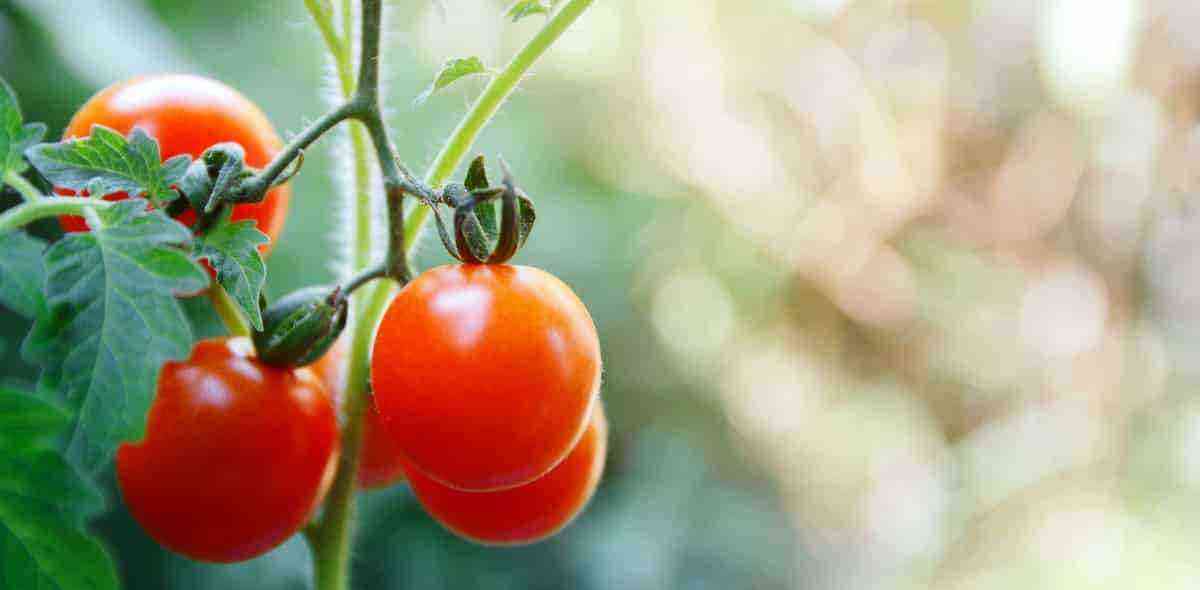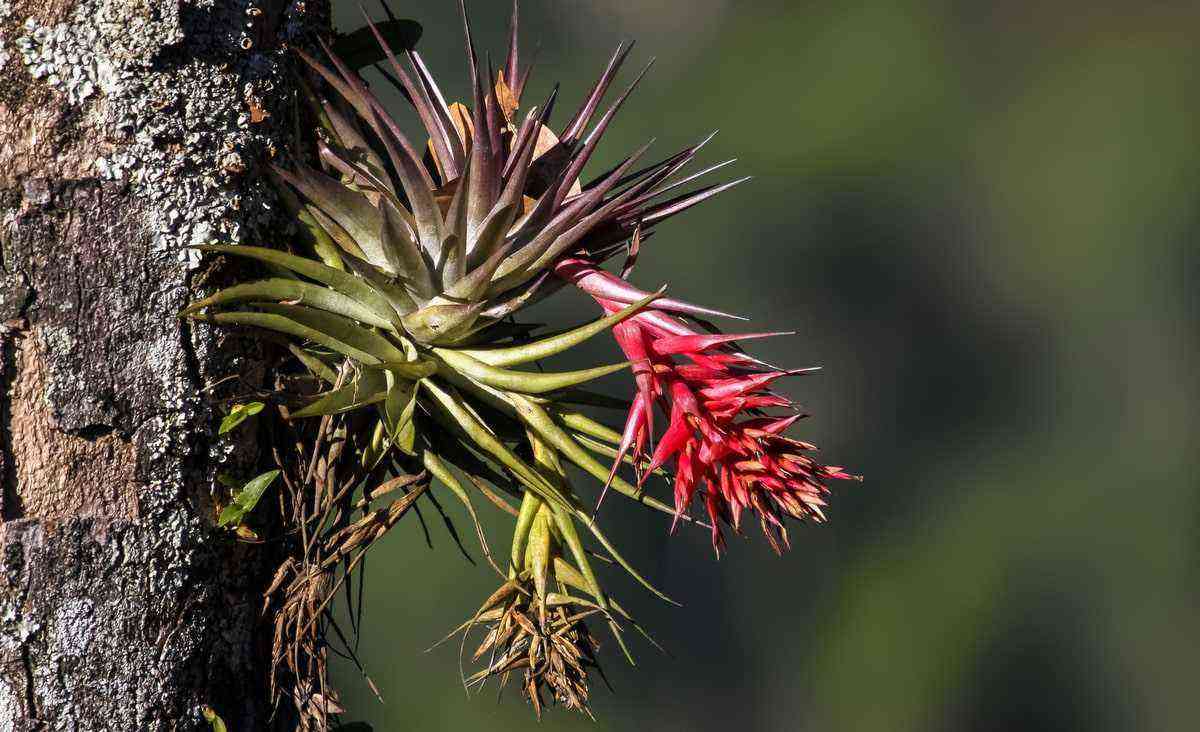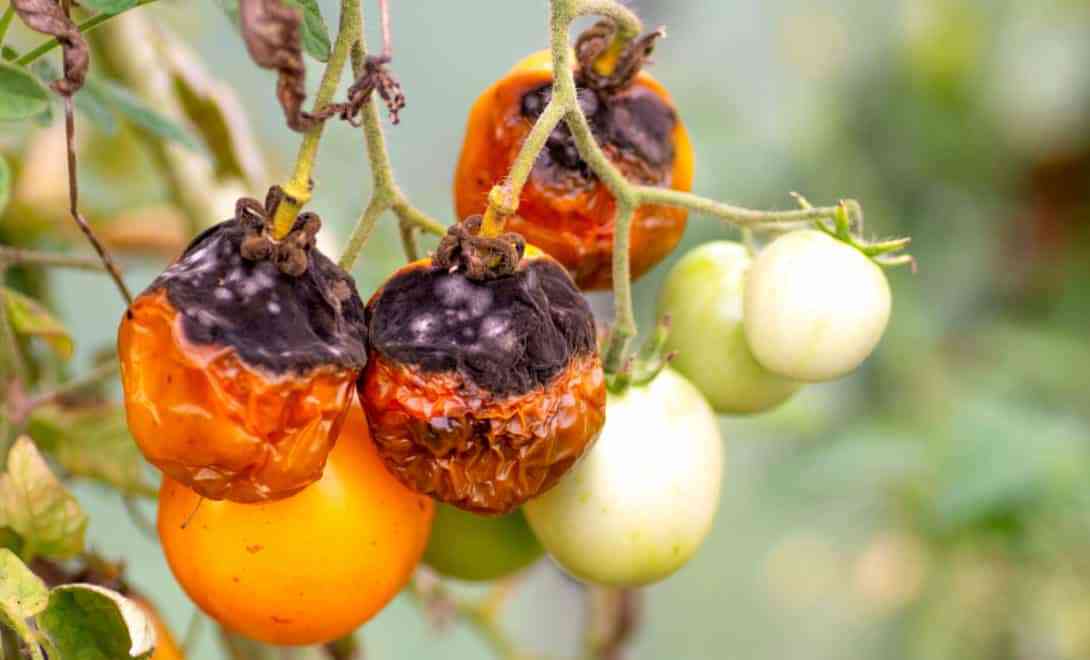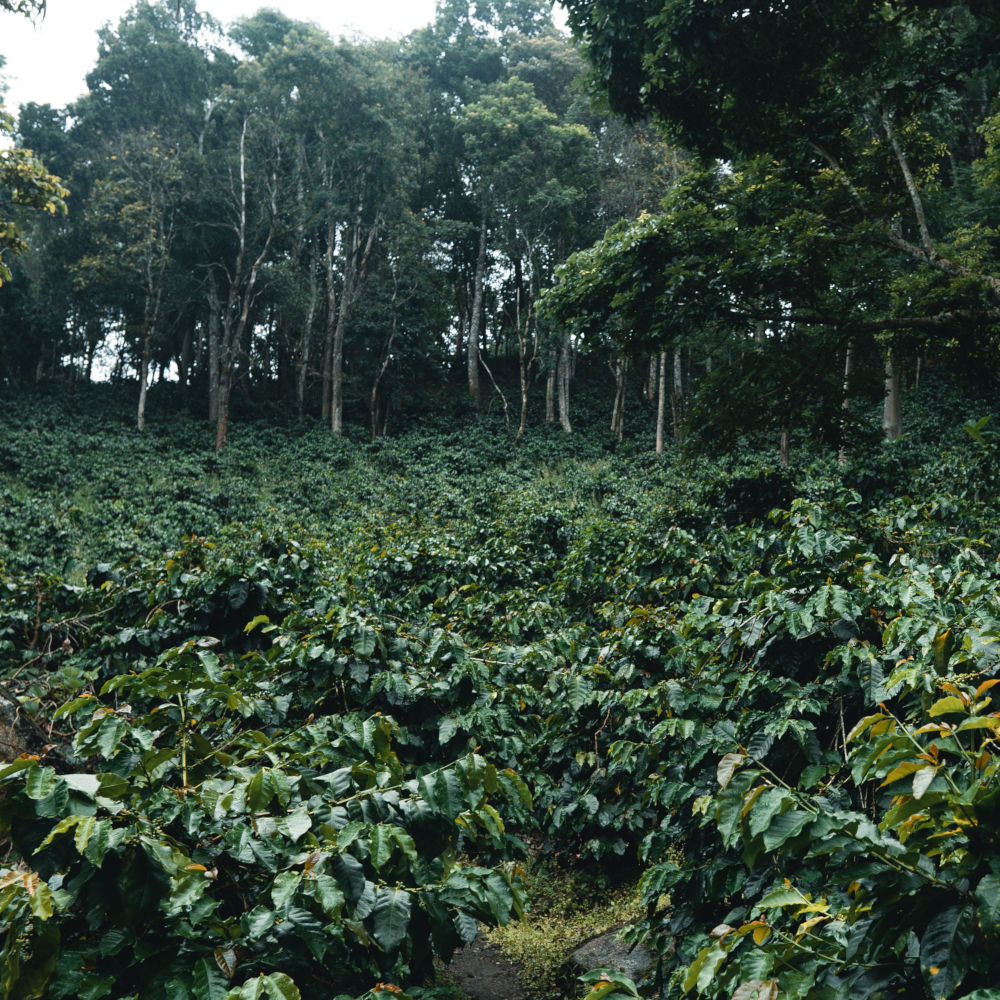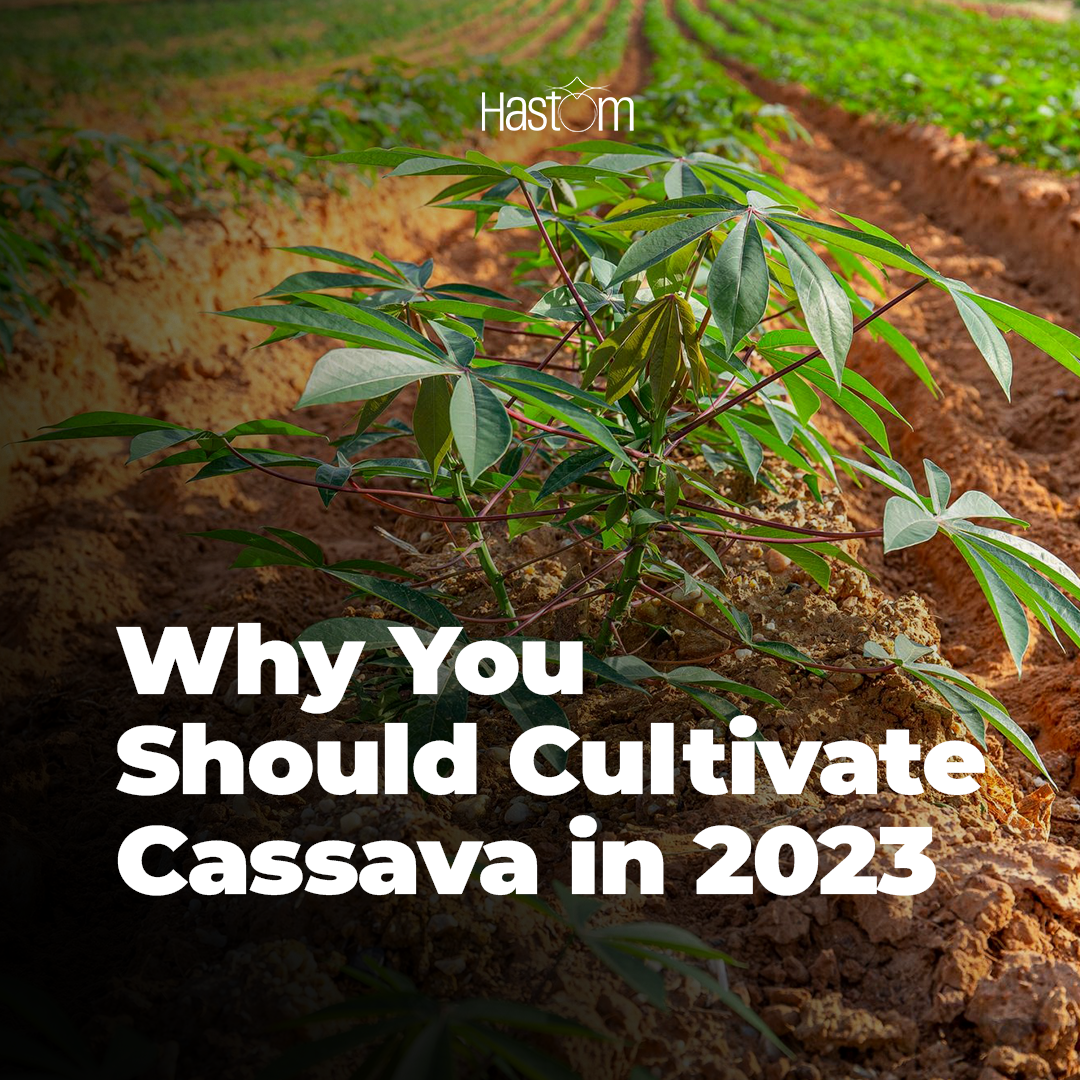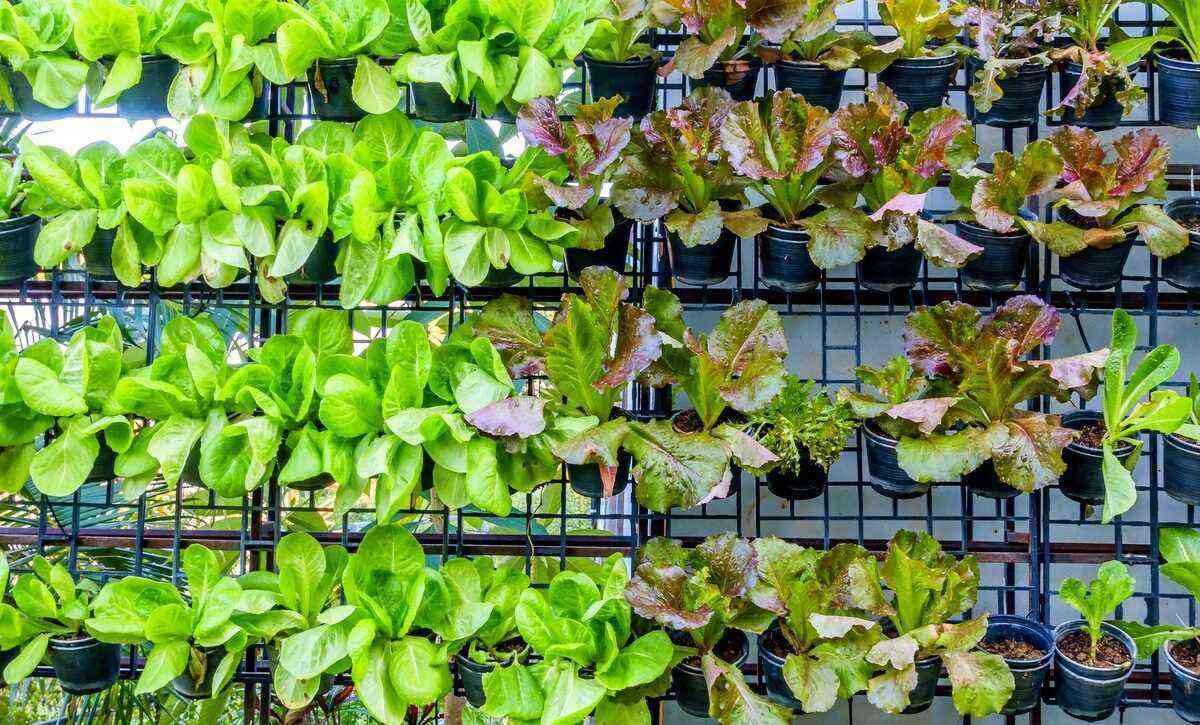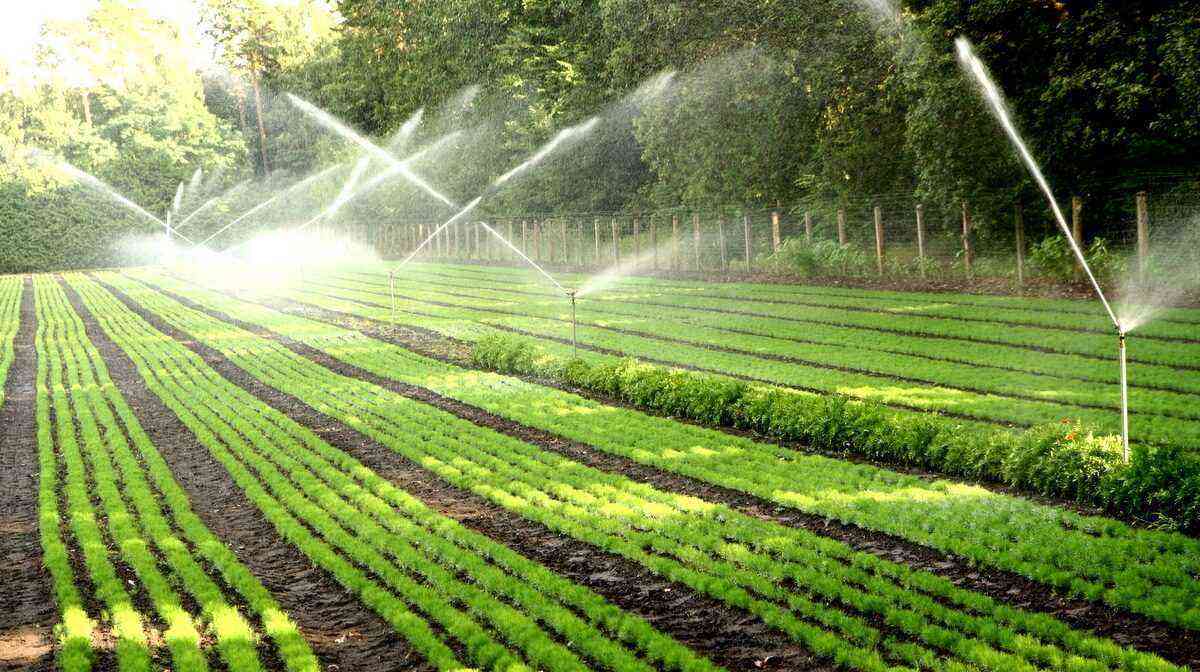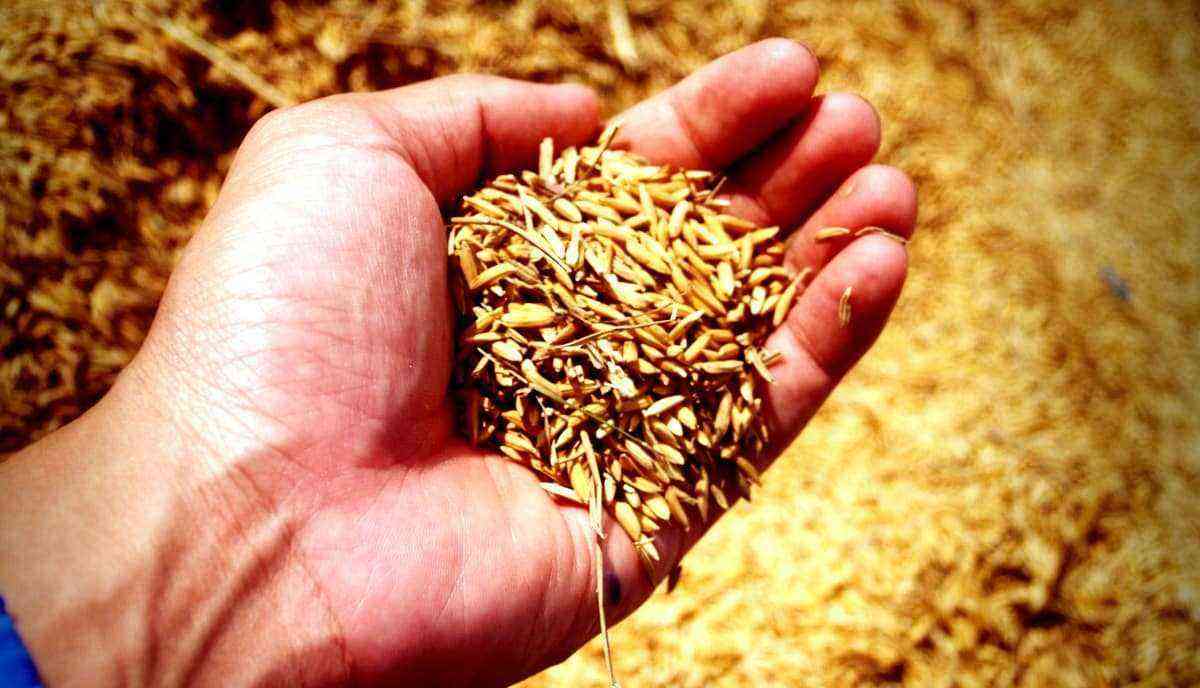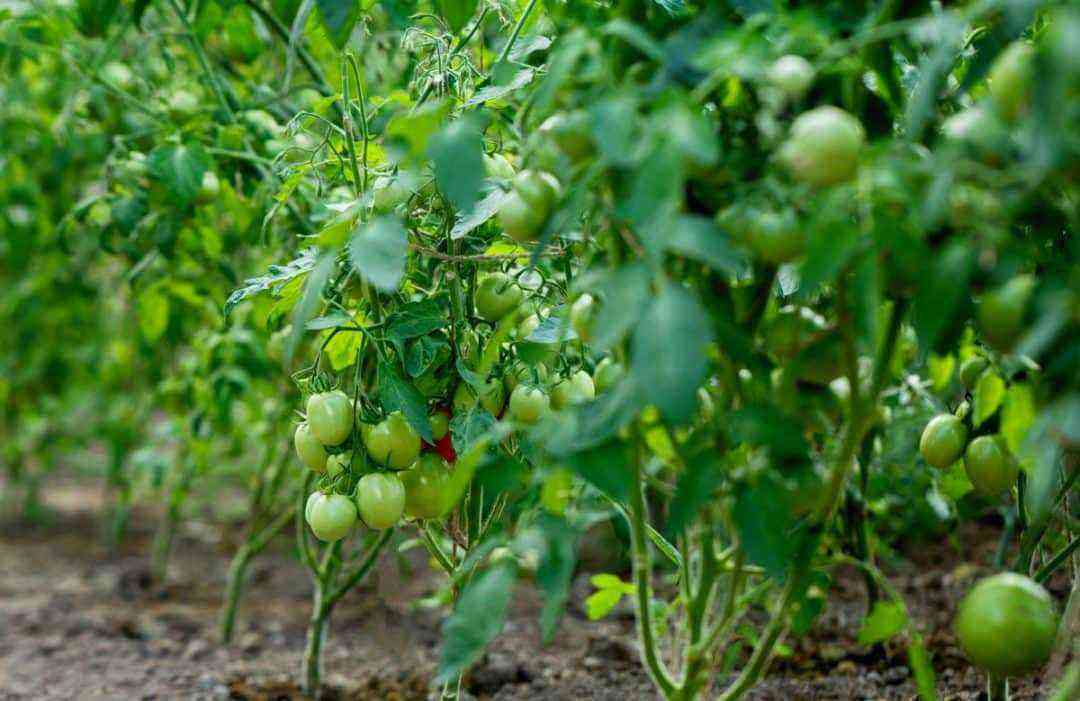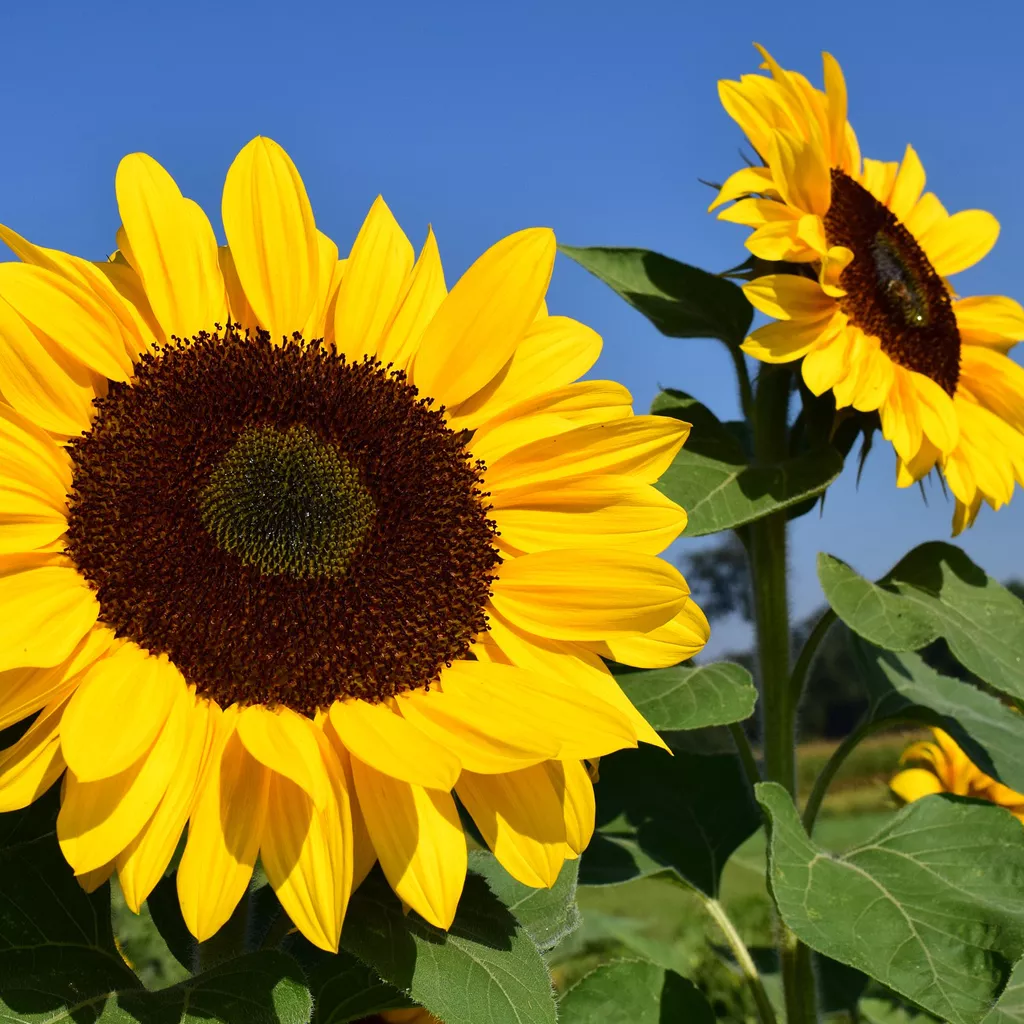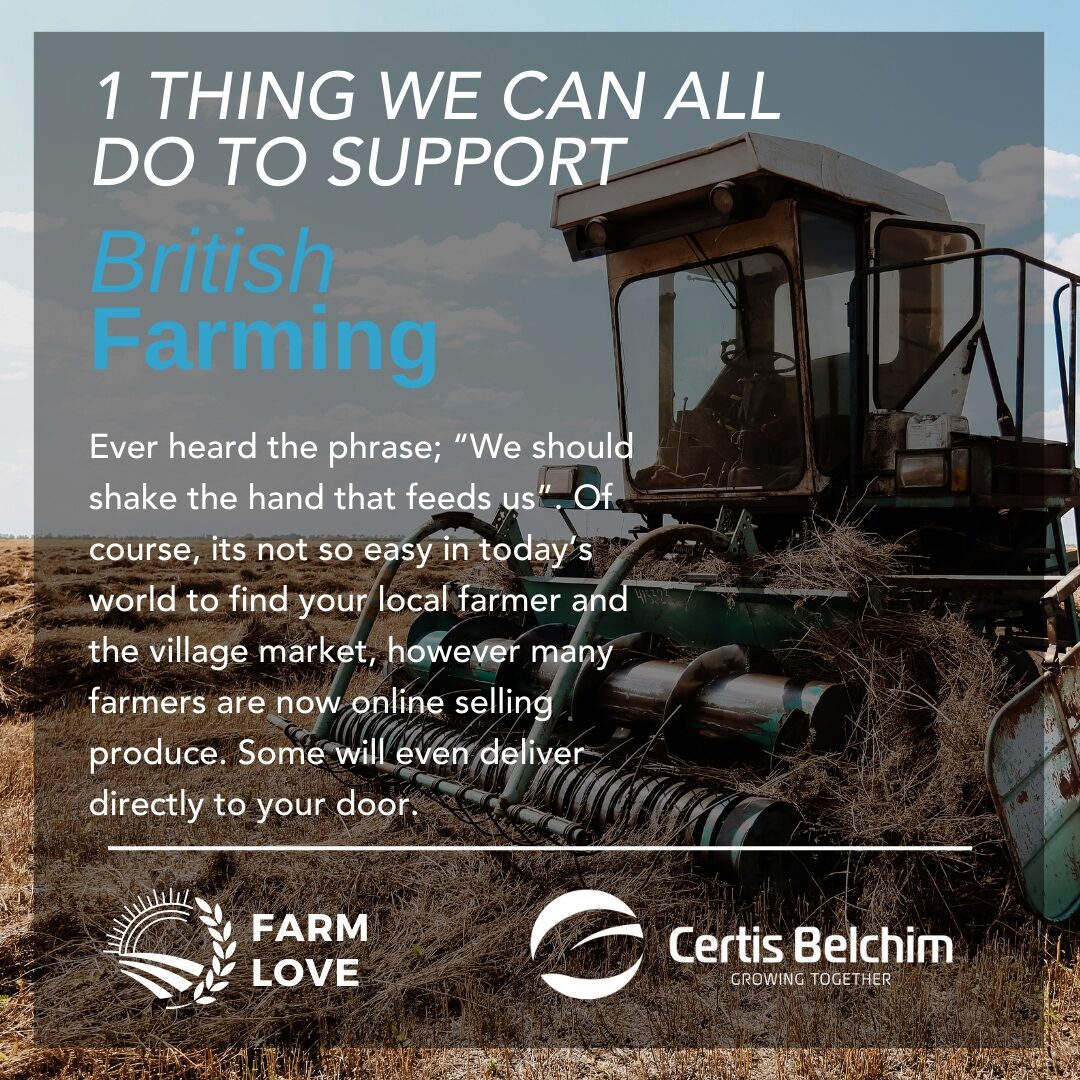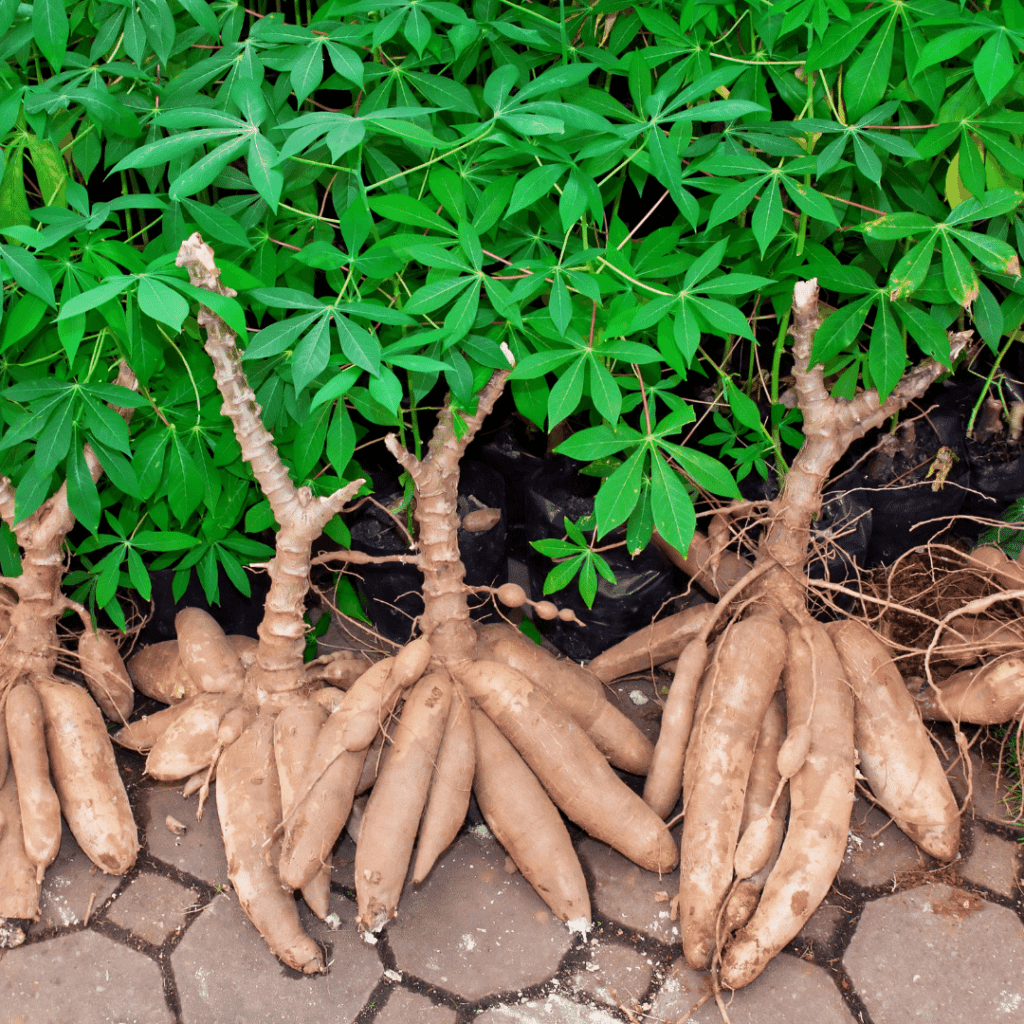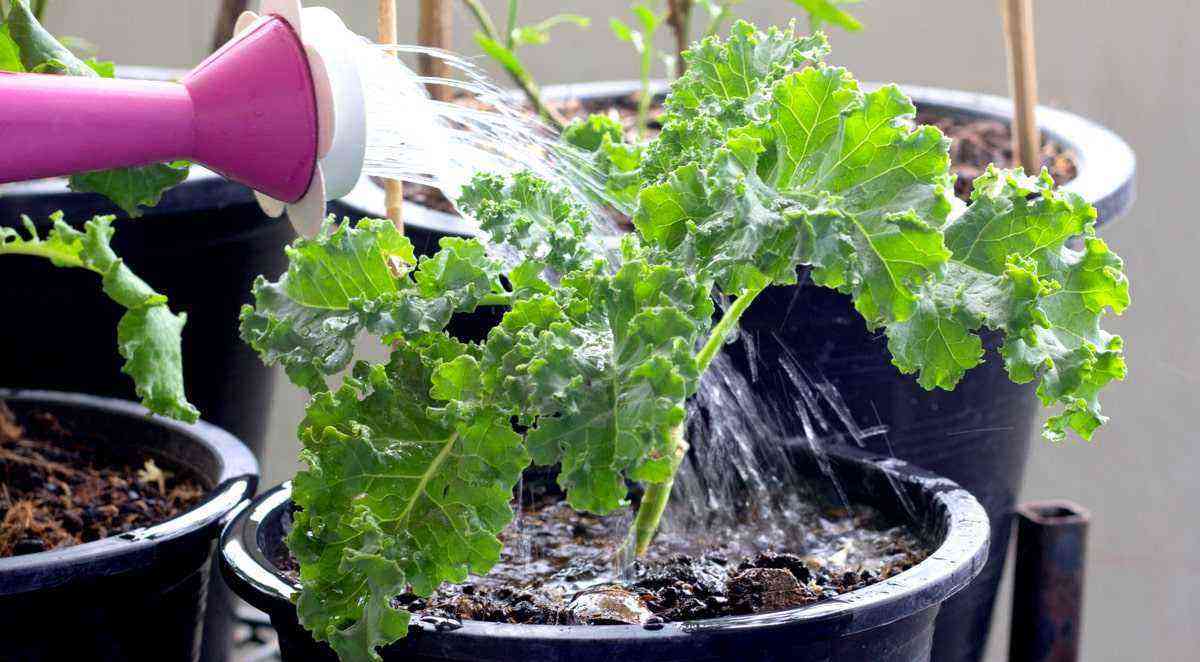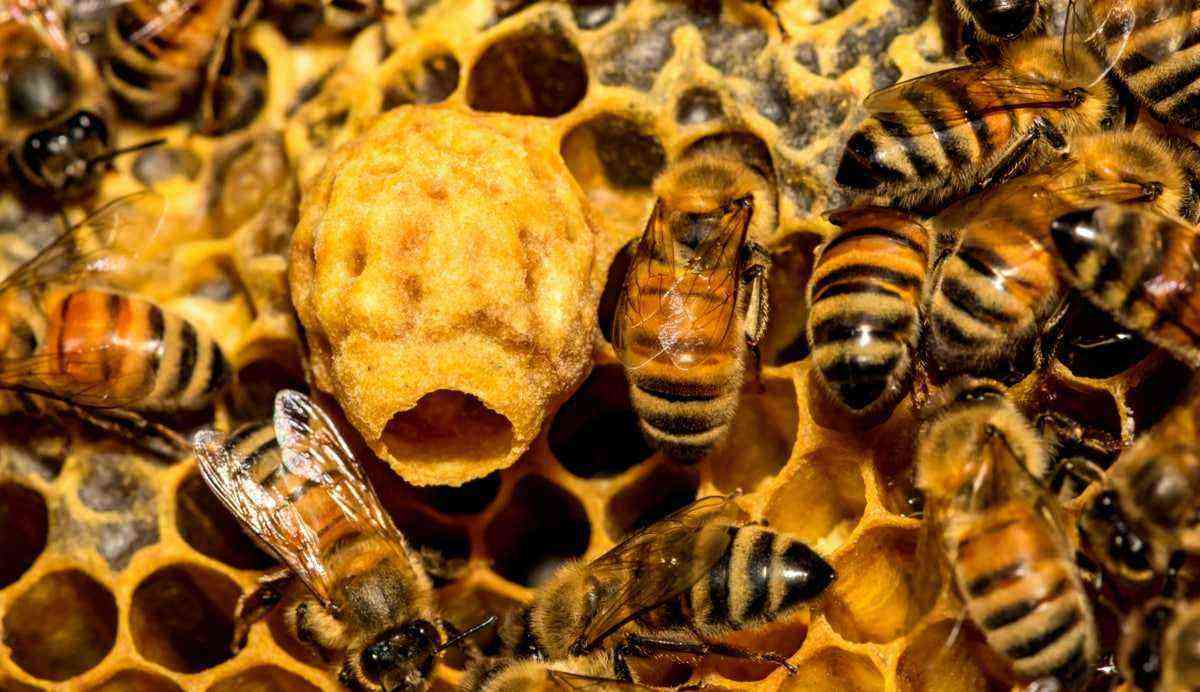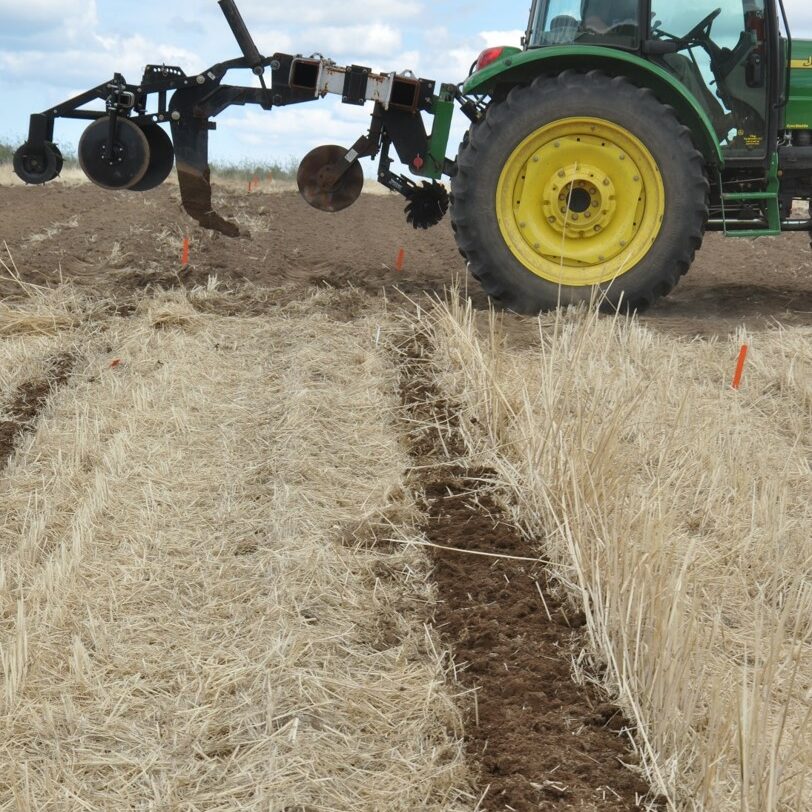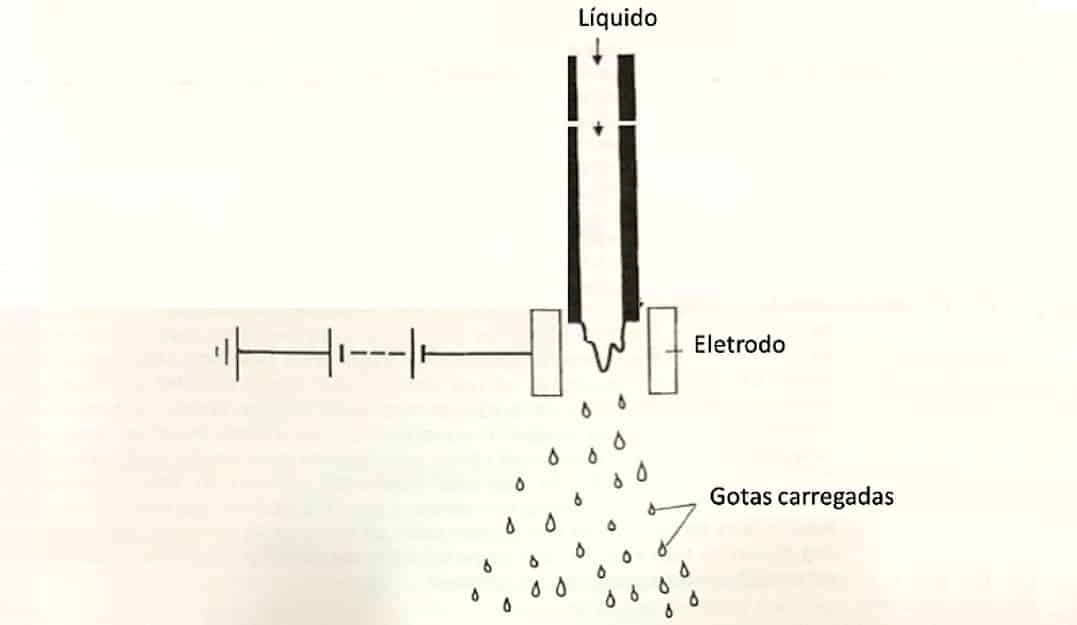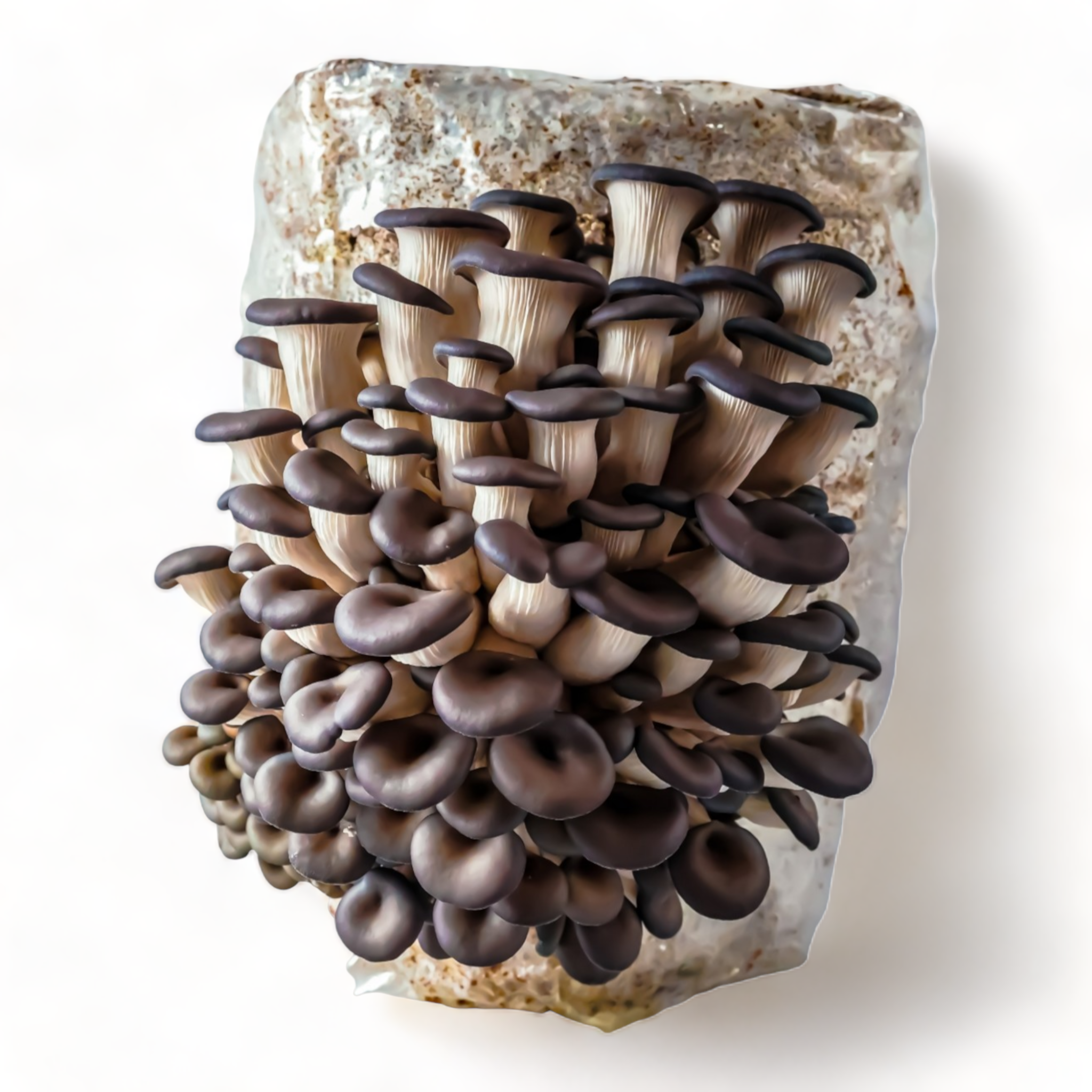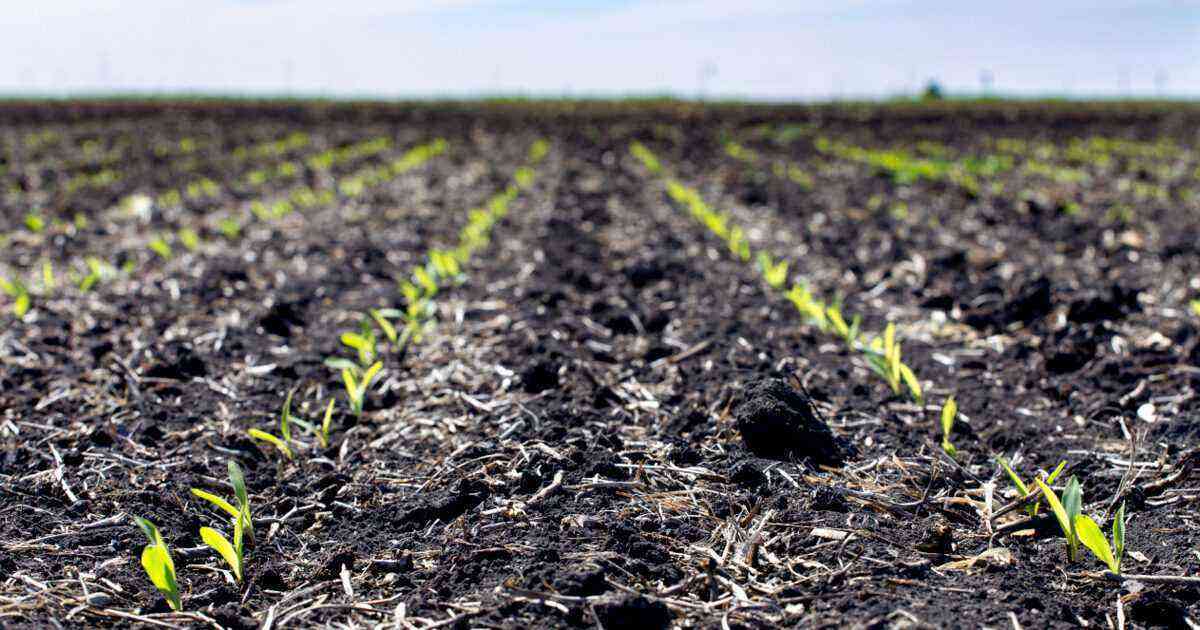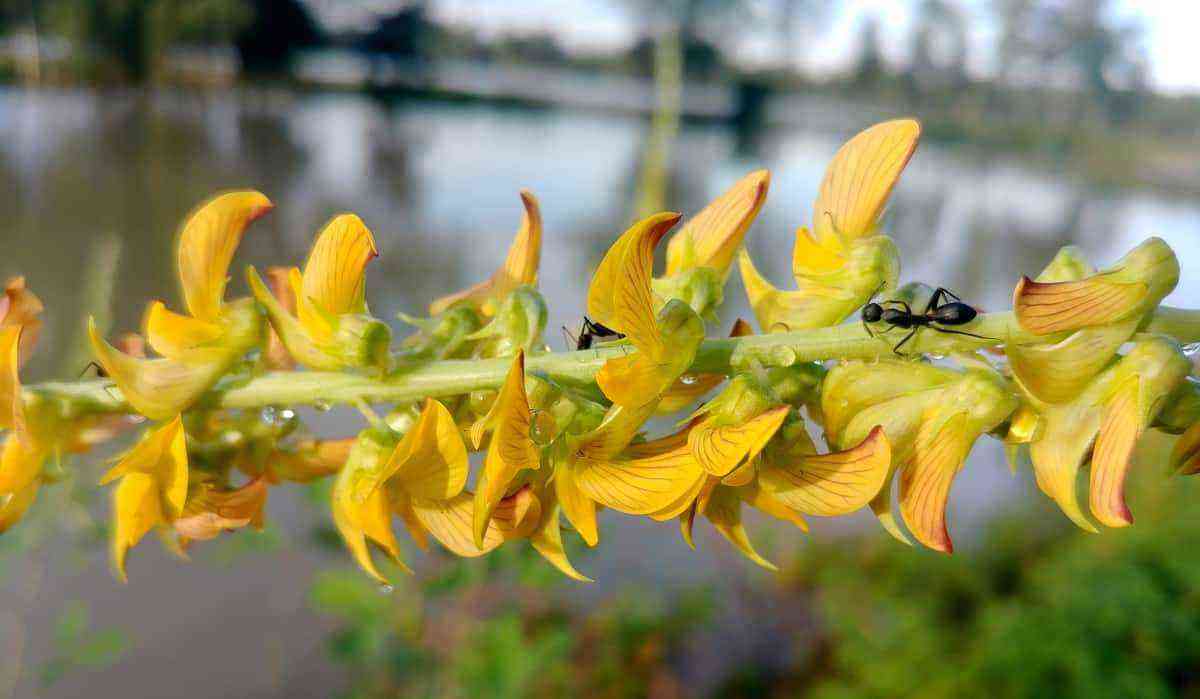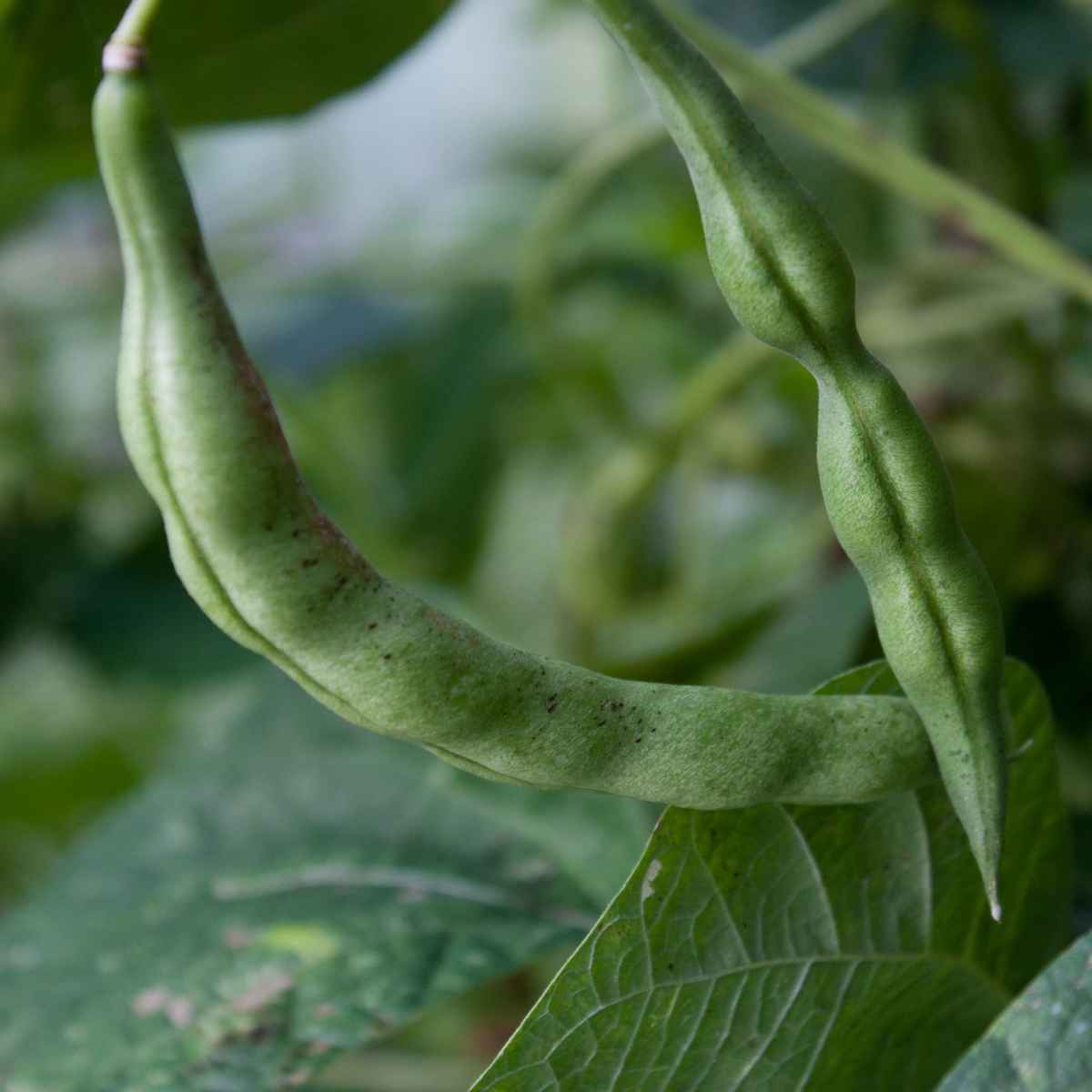Forage sorghum is a good option for feeding the herd because it has numerous characteristics of adaptation to regions with irregular rainfall and high temperature, in addition to having the capacity to produce high quality grains and forage.
By the way, when we talk about sorghum in animal feed, we need to understand that there are two types.
The first one is the graniferous (grains). If you want to understand more about it, we made a detailed post about it. The other is the forager, which we will delve more deeply into throughout this article.
What is fodder sorghum?
The balanced nutrition of the bovine herd is one of the biggest challenges that the rancher faces, since he does not always have a quality pasture available.
Therefore, it is important to help with other complements in order to meet all the needs of the herd, in order to maintain the quality and effectiveness of its production. About 80% of ruminant feed is sourced from forage, undoubtedly due to the seasonality of pasture production.
A forage option, which has been widely used by ranchers, is the forage sorghum in the form of grazing, forage for cutting and silage.
Compared to grain, forage has some differences, such as size. It is tall, over 2 meters tall, with many leaves, open bunches, few seeds and high forage production.
Forage sorghum is used to feed the herd, including grazing, due to its nutrients.
Forage sorghum has two subtypes: sugar and broom. The first one is used in animal feed. It has a sweeter and more succulent culm (stem). It is usually very well accepted by the herd because of its flavor.
The other has panicles (type of inflorescence) in the shape of a broom, which is one of its purposes, that is, to be used to sweep backyards.
What are the advantages?
Even needing some care regarding its consumption of this food by the herd, which we will see later, forage sorghum has many advantages. So much so that it is considered competitive with other types of food supplements that are used in the silage process.
In the silage process, forage sorghum provides a reduction in costs with many advantages compared to other products, such as corn, in feeding the herd.
Since it is considered a source of protein, it is very suitable for cattle and sheep, with some limitations for pigs and poultry due to nutritional values. It ends up being interesting because of the cost-benefit.
Because it is cheaper, its cultivation ends up being more advantageous when compared to corn, for example. It is usually more resistant to drought, pests and diseases.
It can be planted in soils with low fertility or with high humidity (not being able to be flooded during all or most of the cycle). The planting of forage sorghum can be in the wet season (harvest) and also in the off-season period, usually in a rainfed system, and allows 2 to 3 cuts.
Care of the use of forage sorghum in the feeding of the herd
As interesting as it is to introduce it to your herd’s diet, it is necessary to be aware that some care must be taken. One of the reasons is the high content of tannins (phenolic compound) in its composition.
Despite being a beneficial substance to the plant, as it protects it from diseases and the grains are less exposed to pests, excessive consumption by cattle can cause digestive problems in animals and affect their taste. In order to avoid this, the ideal is that it has a low tannin content, which varies between 0 to 0,5%.
In the case of forage, another point that must be taken into account, whether for grazing or serving while still green, is that it can be toxic to the herd in some situations.
It has hydrocyanic acid (especially in sprouts), which is an element that can be harmful to livestock. The consumption of this substance can affect the functioning of your hemoglobins.
However, rest assured that sorghum is not a danger (when grown properly) and can be very nutritious for the herd. To avoid poisoning, just take some care during planting.
The cut should only be done when it reaches the size between 45 and 80 centimeters. This usually occurs 45 days after the sowing period.
Check it out video, as cut and pasture sorghum can be produced in small and large properties in the offer of roughage to the herd:
Source: Field Day on TV.
How production should be done
As we have already mentioned, the way in which planting and cutting are done greatly interfere in the final result. The harvest needs to be done at the right time, as it will influence the silage process, which is when forage is preserved in animal feed.
This procedure should be done when the dry matter reaches a varying content between 30% and 35%. Pay attention to this point and avoid large losses, as it will interfere with nutritional value and quality.
One of the concerns of the producer is knowing the correct time to harvest the forage sorghum.
Good management can guarantee high productivity, reaching up to 20 tons of dry mass per hectare.
This can ensure a high quality of sorghum, with values of Total Digestible Nutrients (TDN) above 65% and fiber with percentages below 55%. Remember that this can save you the expense of concentrates for your herd.
A point to be considered is the way the harvest is carried out. In fact, it is recommended that it be done with a silage machine, which is a machine pulled by a tractor. It manages to divide the plant into small particles, ranging from 0,5 cm to 2,0 cm, a size considered ideal for animal consumption.
After harvesting, the sorghum is directed to compaction, when the biochemical processes take place. All the air in the plant material is removed for fermentation to take place.
Then, the seal is made with plastic tarpaulin and covered with earth. This silage must be closed for at least 1 month and only then will it be ready for consumption.
Did you like this content about the use of forage sorghum in the feeding of the herd? Our reading suggestion is the post that talks all about beef cattle. Good reading!!
